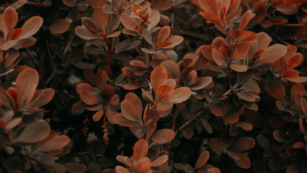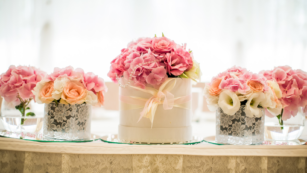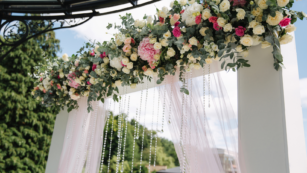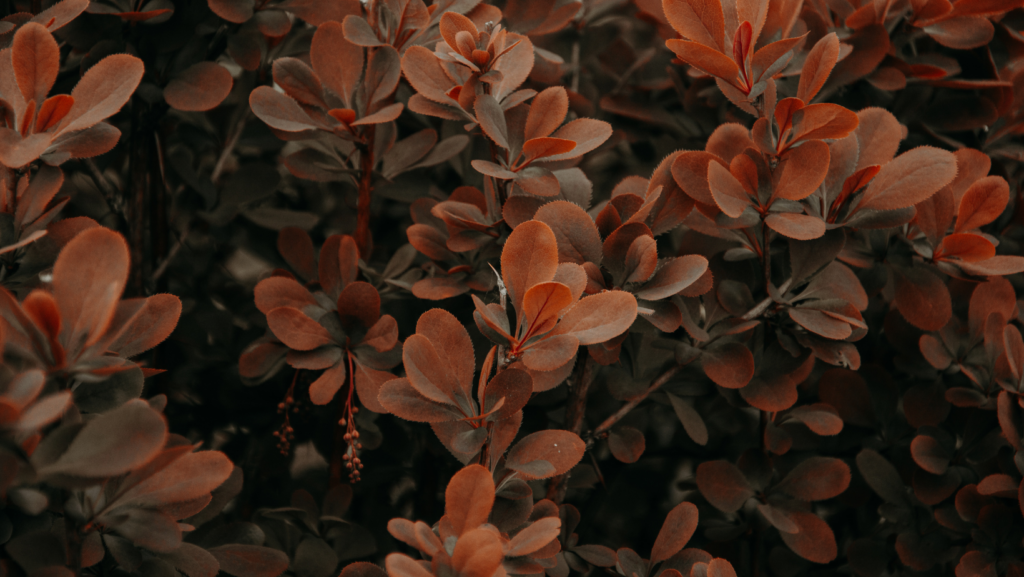In the vibrant world of fashion design, the floral dress stands as an enduring symbol of femininity and grace. It’s a testament to the designer’s ability to blend the natural allure of flowers with the sophistication of dressmaking. This article sheds light on the art of designing and drawing a floral dress, a skill that’s as challenging as it is rewarding.
Whether you’re a seasoned designer or a budding artist, creating a floral dress design requires a delicate balance of creativity and precision. From the initial sketch to the final flourish, every step is a dance between the designer’s vision and the canvas’s constraints. Join us as we delve into this fascinating process, offering insights and tips to help you master the art of floral dress design.
Fashion Designing Floral Dress Drawing
 Floral motifs hold an important place in the zeitgeist of fashion design, reflecting the changing trends and cultural dialogues over time. Analyzing their progression gives valuable insights into the evolution of design aesthetics and concepts. Floral motifs, originating from ancient civilizations, have been entwined with fashion throughout recorded history. Iconic representations of these motifs are seen in the elaborate embroidery of Tudor England, rich silk brocades of Ming Dynasty China, for example. These designs, symbolic of power and richness, elegantly captured the beauty of nature. Continuous development of textile printing techniques during the industrial revolution, particularly in the 19th century, promoted the widespread use of varied floral prints in everyday clothing.
Floral motifs hold an important place in the zeitgeist of fashion design, reflecting the changing trends and cultural dialogues over time. Analyzing their progression gives valuable insights into the evolution of design aesthetics and concepts. Floral motifs, originating from ancient civilizations, have been entwined with fashion throughout recorded history. Iconic representations of these motifs are seen in the elaborate embroidery of Tudor England, rich silk brocades of Ming Dynasty China, for example. These designs, symbolic of power and richness, elegantly captured the beauty of nature. Continuous development of textile printing techniques during the industrial revolution, particularly in the 19th century, promoted the widespread use of varied floral prints in everyday clothing.
Modern interpretations of floral patterns exhibit a lively mix of classic and innovative style. High-profile designers and brands, like Alexander McQueen and Gucci, often incorporate floral elements, sometimes utilizing cutting-edge technology for unique designs. Similarly, digital illustration software adds new dimension to fashion illustration, allowing
Key Techniques for Floral Dress Drawing
 Drawing floral designs for dresses merges sophistication with natural allure. The right balance of materials and technique delivers stunning results. Selecting the correct materials plays a vital role in fashion design. Artists prefer acid-free sketchpads, which ensure durability and long-lasting designs. For their tools, professional-grade pencils, preferably of varying hardness, yield more precise illustrations. For colors, they often go for gouache or watercolors, known for their versatility and vibrancy in creating detailed floral patterns.
Drawing floral designs for dresses merges sophistication with natural allure. The right balance of materials and technique delivers stunning results. Selecting the correct materials plays a vital role in fashion design. Artists prefer acid-free sketchpads, which ensure durability and long-lasting designs. For their tools, professional-grade pencils, preferably of varying hardness, yield more precise illustrations. For colors, they often go for gouache or watercolors, known for their versatility and vibrancy in creating detailed floral patterns.
Floral patterns can add complexity to a dress design, yet the process of drawing them can be simple and methodical.
- Contextual Planning: Artists decide on the theme, position, and size of the floral composition before putting pencil to paper.
- Sketching: Drafting simple circular or oval shapes marks the beginnings of the flowers. Artists draw the basic form of the flower to establish its structure.
- Detailing: Following the basic shapes, adding details like petals, leaves, and vines converts the outlines into flowers. Different kinds of flowers, like roses, tulips, or daisies, require distinct drawing techniques.
- Shading and coloring: Master designers use subtle shading techniques to provide depth to the flowers. Following that, they apply color to bring life to the dress design, using soft brushes for delicate areas and broad ones for larger sections.
Following these steps, artists can create intricate floral patterns, adding personality and depth to their dress designs.
Importance of Color Theory in Floral Designs
 Deeply rooted in color theory, the floral dress design process highly values the power of shades. The right blend of hues can not only enhance the aesthetic appeal of the design but also evoke specific moods and styles. Delving into the color connotations and the art of matching can significantly influence the final creation. Color choice directly impacts the emotional response elicited by a floral dress. For instance, red flowers express intense emotions like love or anger, while yellow blooms radiate warmth and happiness. On the other hand, cool tones like soft blues or purples evoke feelings of calmness or refinement. Understanding these implications aids designers in producing designs that reflect desired emotions, contributing to a dress’s overall style. A dress teeming with vibrant, warm-toned flowers might suit someone with an outgoing, lively personality, while a person with a peaceful demeanor might prefer attire showcasing pastel, cool-toned blooms.
Deeply rooted in color theory, the floral dress design process highly values the power of shades. The right blend of hues can not only enhance the aesthetic appeal of the design but also evoke specific moods and styles. Delving into the color connotations and the art of matching can significantly influence the final creation. Color choice directly impacts the emotional response elicited by a floral dress. For instance, red flowers express intense emotions like love or anger, while yellow blooms radiate warmth and happiness. On the other hand, cool tones like soft blues or purples evoke feelings of calmness or refinement. Understanding these implications aids designers in producing designs that reflect desired emotions, contributing to a dress’s overall style. A dress teeming with vibrant, warm-toned flowers might suit someone with an outgoing, lively personality, while a person with a peaceful demeanor might prefer attire showcasing pastel, cool-toned blooms.

